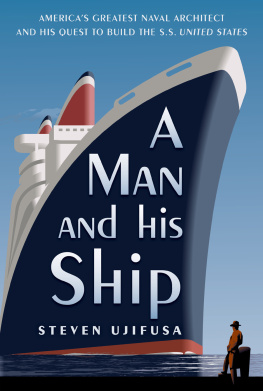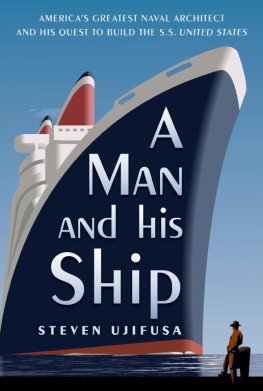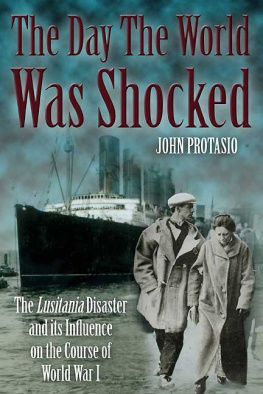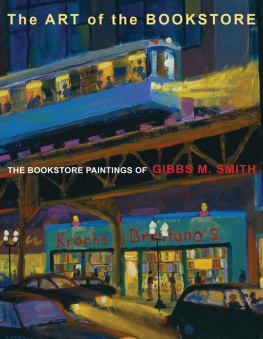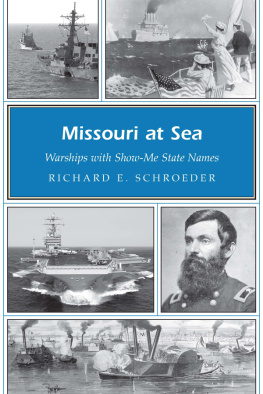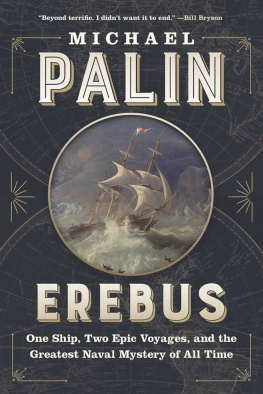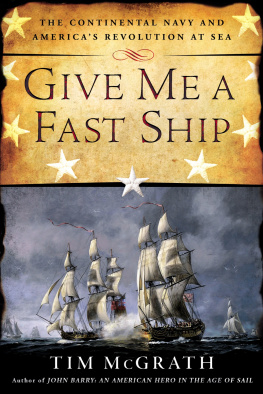THE STORY OF A
GREAT AMERICAN
BUILDER
A t the peak of his power, in the 1940s and 1950s, William Francis Gibbs was considered Americas best naval architect. His quest to build the finest, fastest, most beautiful ocean liner of his time, the S.S. United States, was a topic of national fascination. When completed in 1952, the ship was hailed as a technological masterpiece at a time when made in America meant the best.
Gibbs was an American original, on par with John Roebling of the Brooklyn Bridge and Frank Lloyd Wright of Fallingwater. Forced to drop out of Harvard following his familys sudden financial ruin, he overcame debilitating shyness and lack of formal training to become the visionary creator of some of the finest ships in history. He spent forty years dreaming of the ship that became the S.S. United States.
William Francis Gibbs was driven, relentless, and committed to excellence. He loved his ship, the idea of it, and the realization of it, and he devoted himself to making it the epitome of luxury travel during the triumphant postWorld War II era. Biographer Steven Ujifusa brilliantly describes the way Gibbs worked and how his vision transformed an industry. A Man and His Ship is a tale of ingenuity and enterprise, a truly remarkable journey on land and sea.

SHIRA YUDKOFF
STEVEN UJIFUSA is a historian living in Philadelphia and he serves on the Advisory Council of the SS United States Conservancy. He received his masters degree in historic preservation and real estate from the University of Pennsylvania and his B.A. in history from Harvard University.
MEET THE AUTHORS, WATCH VIDEOS AND MORE AT
SimonandSchuster.com
THE SOURCE FOR READING GROUPS
JACKET DESIGN BY LAURIE CARKEET
JACKET ILLUSTRATION BY JOHN MATTOS
PORTHOLE: DORLING KINDERSLEY/GETTY
COPYRIGHT 2012 SIMON & SCHUSTER

Thank you for purchasing this Simon & Schuster eBook.
Sign up for our newsletter and receive special offers, access to bonus content, and info on the latest new releases and other great eBooks from Simon & Schuster.

or visit us online to sign up at
eBookNews.SimonandSchuster.com

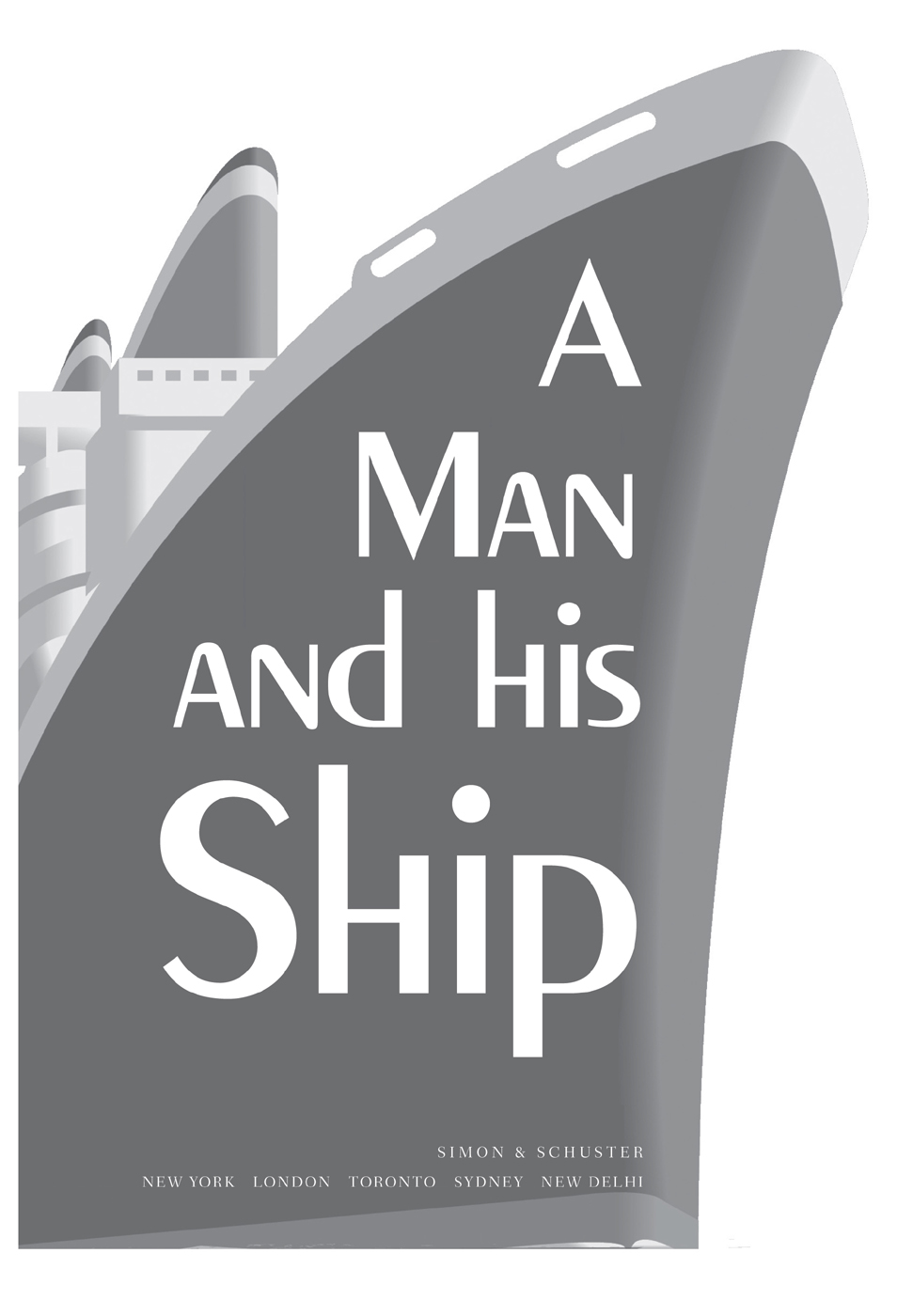

Simon & Schuster
1230 Avenue of the Americas
New York, NY 10020
www.SimonandSchuster.com
Copyright 2012 by Steven Ujifusa
All rights reserved, including the right to reproduce this book or portions thereof in any form whatsoever. For information address Simon & Schuster Subsidiary Rights Department, 1230 Avenue of the Americas, New York, NY 10020.
First Simon & Schuster hardcover edition July 2012
SIMON & SCHUSTER and colophon are registered trademarks of Simon & Schuster, Inc.
The Simon & Schuster Speakers Bureau can bring authors to your live event.
For more information or to book an event contact the Simon & Schuster Speakers Bureau at 1-866-248-3049 or visit our website at www.simonspeakers.com .
Designed by Akasha Archer
Library of Congress Cataloging-in-Publication Data
Ujifusa, Steven.
A man and his ship : Americas greatest naval architect and his quest to build the S.S. United States / Steven Ujifusa.
p. cm.
Includes bibliographical references and index.
(ebook : alk. paper)
1. Gibbs, William F. (William Francis), 18861967. 2. Naval architectsUnited StatesBiography. 3. Gibbs & CoxHistory20th century. 4. United States (Steamship) 5. Ocean linersUnited StatesHistory20th century. I. Title.
VM140.G52U55 2012
623.8092dc23
[B]
2011049883
ISBN 978-1-4516-4507-1
ISBN 978-1-4516-4508-8 (ebook)
To my grandmother Judith Follmann,
world traveler, woman of culture,
and the inspiration for this book
CONTENTS
The transatlantic ocean liner possessed a mystique now lost to the world. For the first half of the twentieth century, ships named Mauretania, Bremen, Normandie, and Queen Mary were known and loved by tens of millions of people on both sides of the Atlantic. When a big liner arrived in New York City for the first time, thousands lined the Hudson to watch a man-made objectone that seemed to have life and soulmove serenely upriver. Their eyes were following something simply massiveshe could be up to five city blocks long and twelve stories high, her deep-throated whistles bellowing in response to a cheering crowd. Sculpted hull, gleaming paint, and raked-back smokestacks conveyed beauty, power, and speed.
In the New York newspapers, the shipping news doubled as society news, as readers learned if Greta Garbo, Cary Grant, Margaret Truman, Vincent and Brooke Astor, or the Duke and Duchess of Windsor were aboard one of the ocean liners arriving or leaving that day. When a great ship left for Europe, it was an occasion awash in champagne and laughter. On board, first-class passengers enjoyed public rooms and private quarters that were decorative showplaces for the worlds most talented designers, men and women who created some of the most stunning interiors ever built on land or sea. En route, high standards of service for the ships most privileged passengers meant money for its owners and prestige for the nation whose flag she flew. Ships connected businessmen to transatlantic partners, diplomats to their posts, jazz artists to European audiences, students to adventures, immigrants to American jobs, and refugees to freedom. During two devastating world wars, liners converted to troopships carried millions of GIs to the front, and then brought them home again in triumph.
To the public, the ocean lineronce the only way to get across the Atlanticwas the epitome of glamorous travel. She also represented the pinnacle of technologythe most complex and powerful machine on earth. Deep inside her hull were engines capable of propelling a thousand-foot-long mass of steel through the giant waves of the North Atlantic at nearly 40 miles per hour. The liner that crossed the Atlantic the fastest captured a prize called the Blue Riband. A winner became the most famous ship in the worlduntil a faster rival bested her.
From the 1860s to the 1950s, all of the liners that captured the Blue Riband flew European flags, as a passive America seemed to accept the superiority of foreign engineering, manufacturing, and managerial prowess. One American did not, and this is the story of his quest to build the fastest, most beautiful, and safest ocean liner everthe ship that was to become one of the greatest engineering triumphs in American history.
T HE M AN AND
THE V ISION
T he first time he saw an ocean liner, little Willy Gibbs knew what he wanted to do with his life.
On a rainy November 13, 1894, twenty-five thousand people waited outside the gates of Philadelphias Cramp Shipyard on the banks of the Delaware River. They were there to see a marvel of the age: the steamship St. Louis, one of the largest ocean liners in the world and Americas brand-new entry into the transatlantic passenger trade. When the gates opened, people surged toward the ship. She was 550 feet long and decorated from stem to stern with flags of the world, with the American Stars and Stripes flying high above the bow.
Next page
